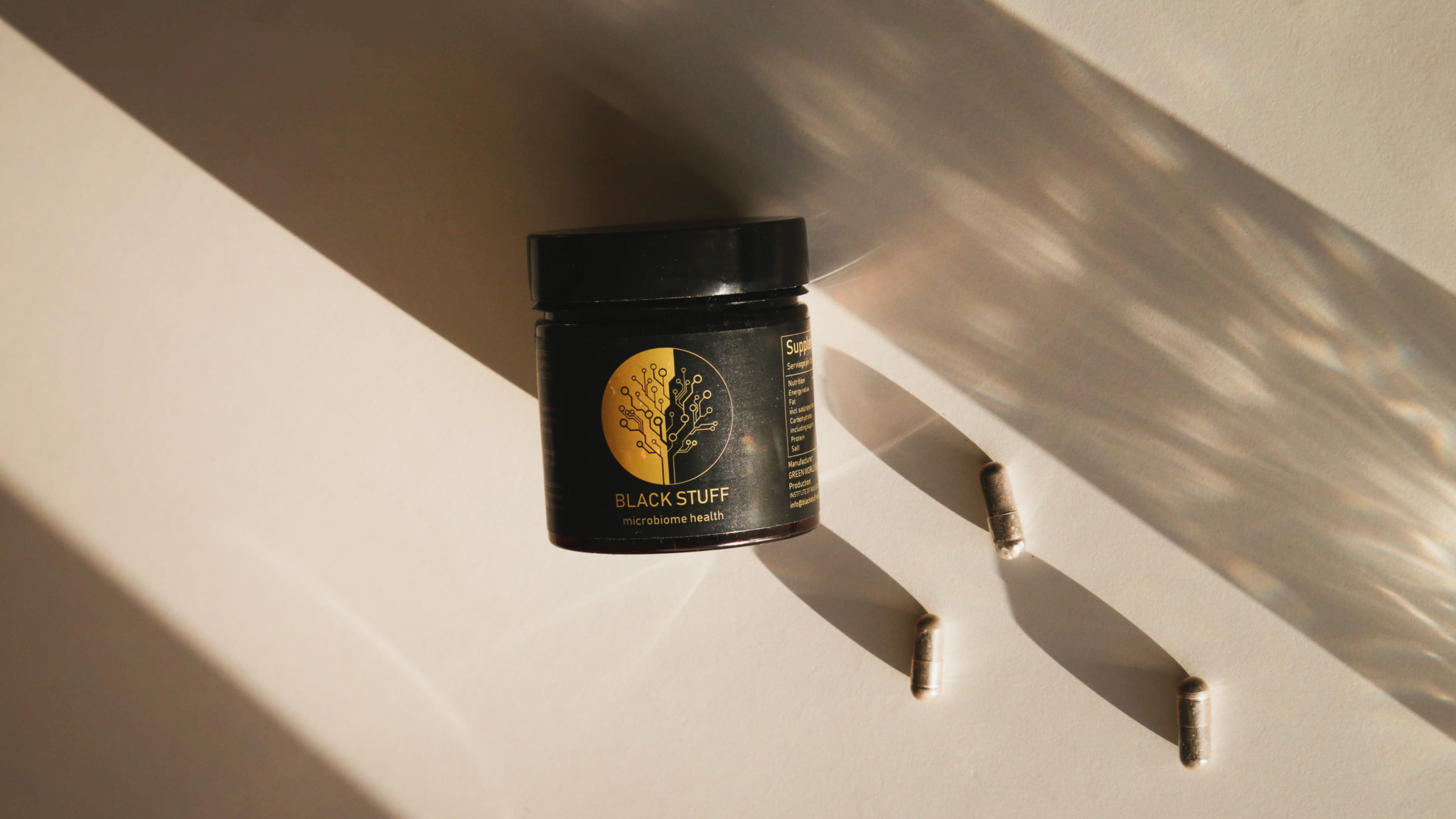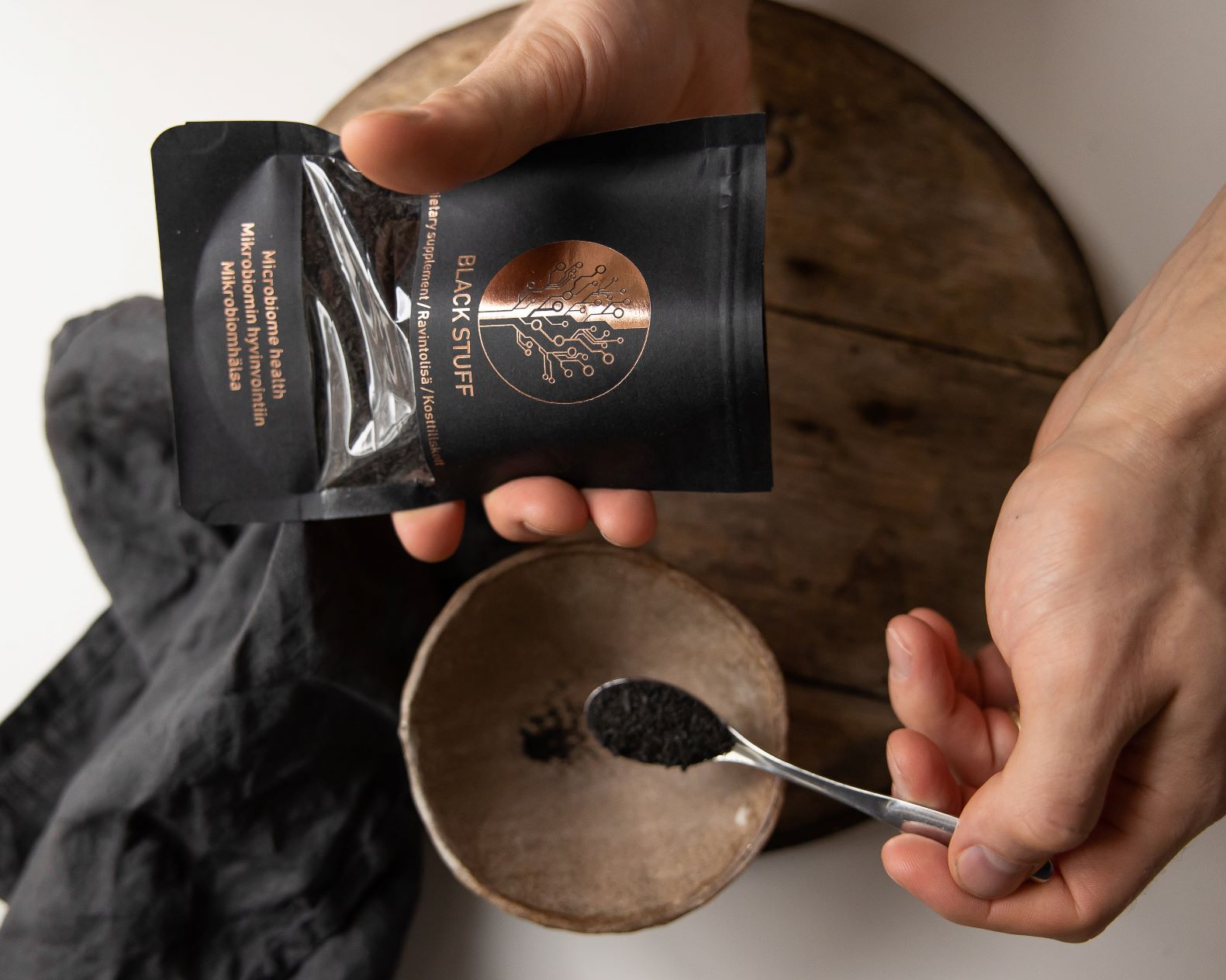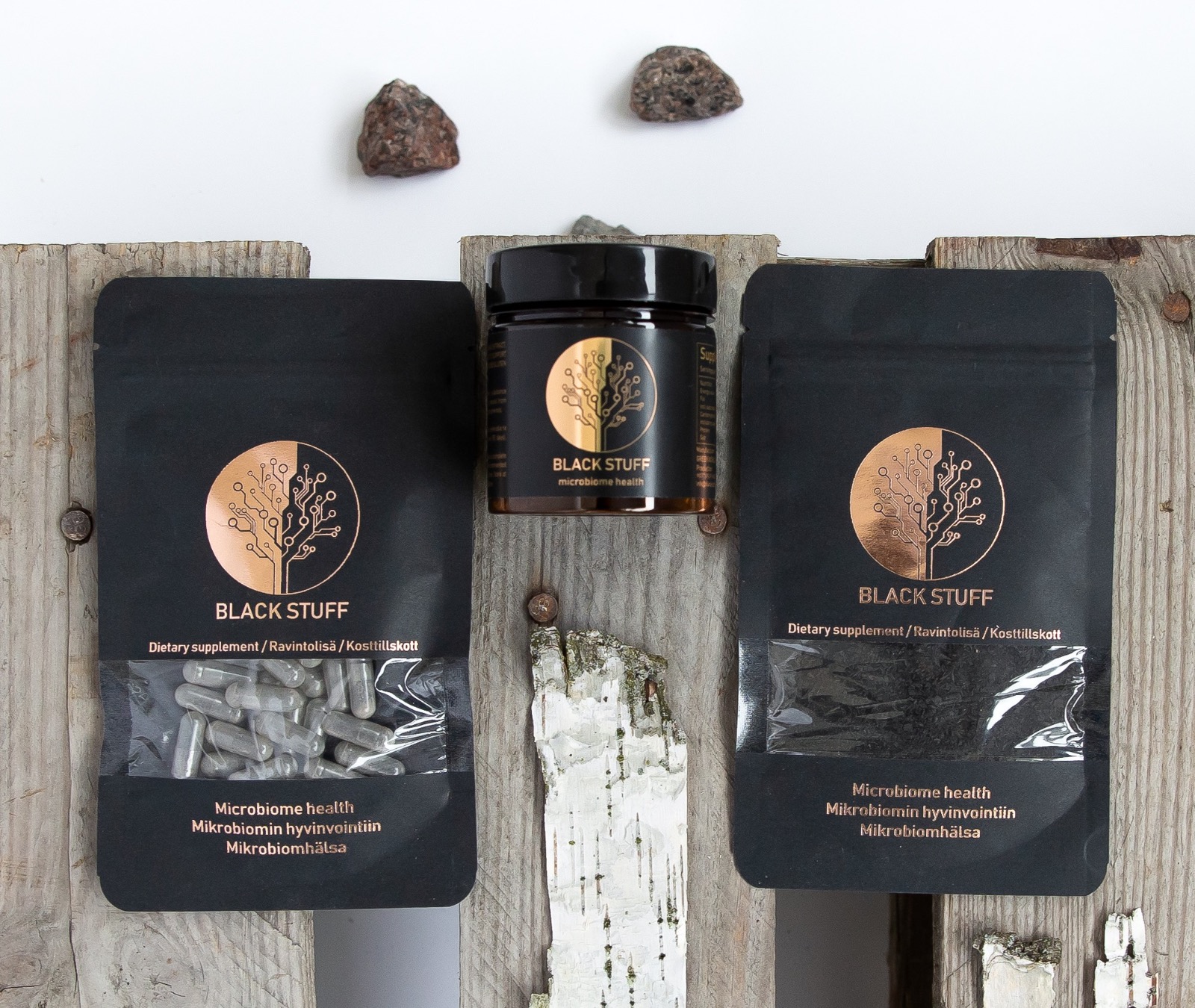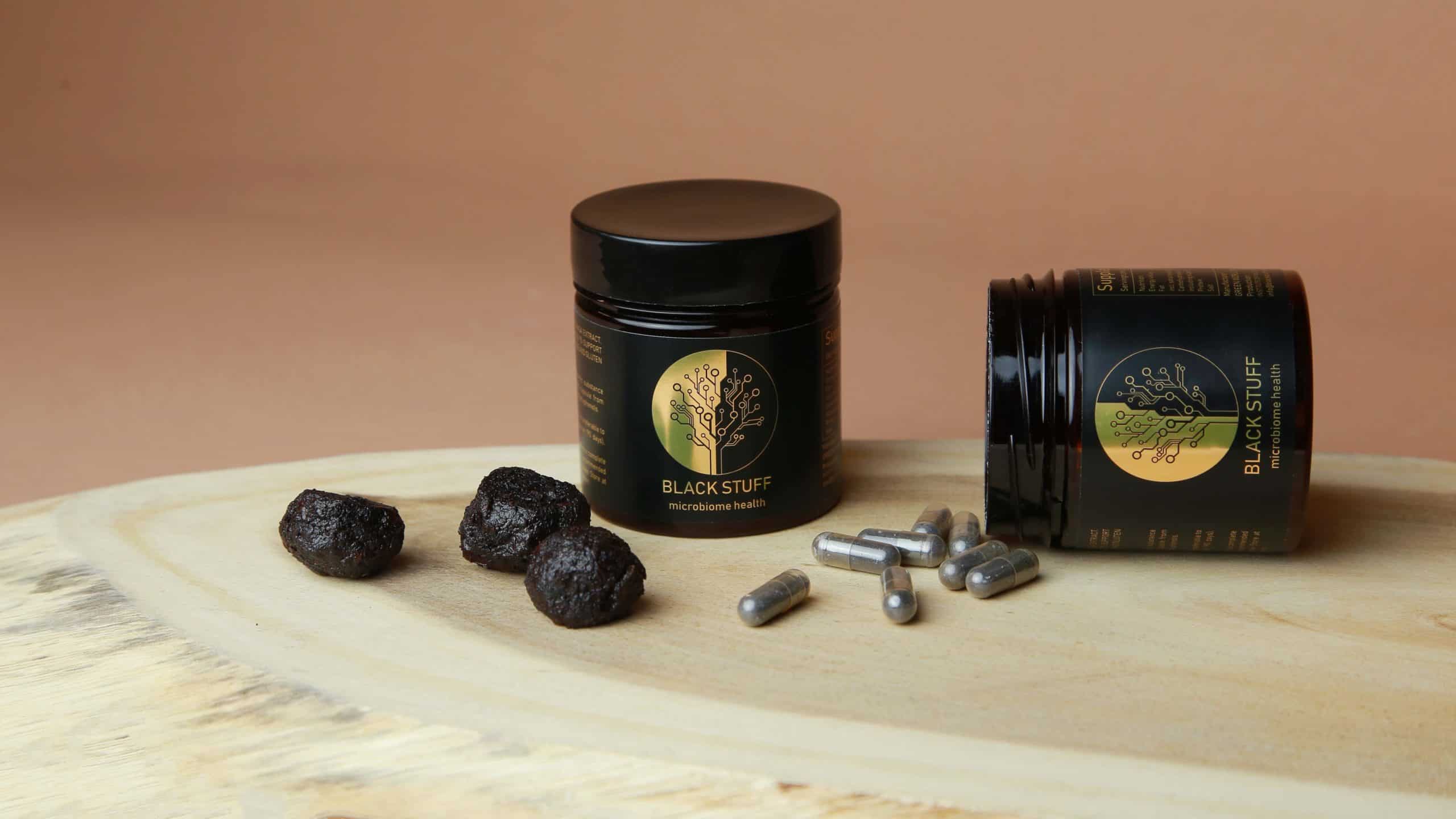Diet & Supplements, Page 2
Dermal Solarpunk with vitamin D
Sustainable coexistence with the sun. How far does the power of the sun reach? Skin caressed by ...
The Lion’s Strength of Fulvic Acid
What are the benefits of fulvic acid and what to watch out for? What molecular beast are we speak...
Why I’m Such a Black Stuff Buff Vol.4
Constantly swaying and coming back to the centre Everything in the body (and among human beings) is...
Why I’m Such a Black Stuff Buff Vol.3
Toxins and fat Fat: A source of energy, fatty acids, physical insulation against cold and mechanica...
Why I’m Such a Black Stuff Buff Vol. 2
I am not a marketer, I am not writing this series of articles to ensure higher sales of the product ...
Why I’m Such a Black Stuff Buff Vol.1
How Black Stuff affects our health on more levels than we might think at first glance. What am I mi...






